
The organization is poised to lobby for an indefinite extension of Medicare reimbursement for telemedicine services and fight the December 31, 2024, sunset date when Medicare plans to cease reimbursement for these services.

The organization is poised to lobby for an indefinite extension of Medicare reimbursement for telemedicine services and fight the December 31, 2024, sunset date when Medicare plans to cease reimbursement for these services.

Sally S. Ong, MD, spoke about her study on the impact of individual and neighborhood-level social determinants of health on vision and foveal status at presentation in patients with rhegmatogenous retinal detachments at the annual ASRS meeting in Stockholm, Sweden.
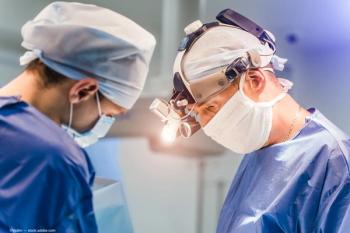
According to the company, its implantable miniature telescope is a Galilean intraocular telescope designed to improve visual acuity and quality of life for patients with late-stage AMD.

The collaboration agreement will allow the 2 companies to find a potential new treatment for chronic dry eye disease.

John T. Thompson, MD, spoke about his presentation, "Long-Term Results of Macular Hole Surgery With Long-Acting Gas Tamponade and Internal Limiting Membrane Peeling" at the annual ASRS meeting in Stockholm, Sweden.

Funding for the device was thanks to companies like Nike and the Oregon ToughTech Breakthrough Fund.
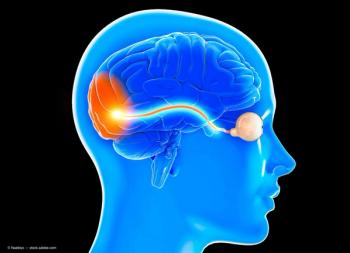
Early diagnosis of NMOSD is key to preventing disability, improving survival.

According to the company, the tuck-in acquisition will help expand its surgical presence in the United States and contribute to its leading position in dry eye.
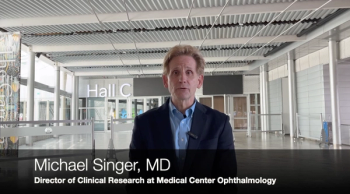
Michael Singer, MD, presented 100-week results from the RESTORE trial and shares key takeaways from his presentation at this year's American Society of Retina Specialists (ASRS) meeting.

A recent study found that adolescents with myopia were twice as likely to develop anxiety and mood disorders.
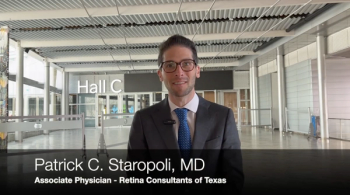
Patrick C. Staropoli, MD, discussed his presentation on the clinical characterization of Hexokinase 1 (HK1) mutations causing autosomal dominant pericentral retinitis pigmentosa while attending the annual ASRS meeting in Stockholm, Sweden.

The nOCT allows for detailed visualization of the brain's vascular anatomy.
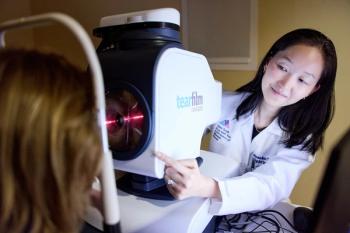
TFI employs spectral interference technology to image and map the corneal surface.

Riaz Qureshi, PhD, explains the effects of spin sneaking into systematic reviews and ways the scientific community can better identify it to improve the validity.
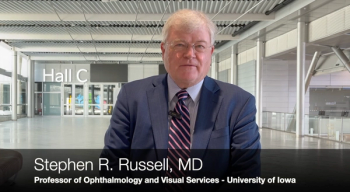
Stephen Russell, MD, discussed his presentation on safety and durability of voretigene neparvovec-rzyl for biallelic RPE65 at the annual ASRS meeting in Stockholm, Sweden.
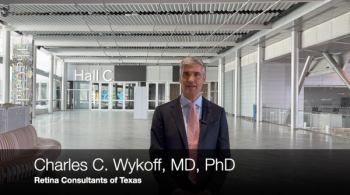
Charles Wykoff, MD, PhD, gives an insight into first-time data from the phase 2, LUNA trial looking at Ixo-Vec at the annual ASRS meeting in Stockholm, Sweden.

Researchers train deep learning model on OCT scans to ID patients eligible for GA trials.

The professor was recently given the award for his contributions to advancing vitreoretinal surgery, treatment, research, and patient care.

Chase Ludwig, MD, shared an overview of his presentation, which covered real-impact of vitrectomy surgery on the progression of AMD at the annual ASRS meeting in Stockholm, Sweden.

A new analysis by researchers at the National Institutes of Health shows the benefit of taking AREDS2 formula in late AMD.

Deepak Sambhara, MD, shared an overview of his paper-on-demand, which covered real-world safety and efficacy of aflibercept, 8 mg in the treatment of neovascular age-related macular degeneration at the annual ASRS meeting in Stockholm, Sweden.
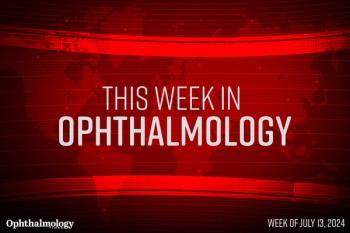
This Week in Ophthalmology is a video series highlighting some of the top articles featured on the Ophthalmology Times website.

Thomas Aaberg, MD, gives an update on Neurotech Pharmaceuticals Encapsulated Cell Therapy platform for the potential treatment of Macular Telangiectasia Type 2, with a projected PDUFA goal date from the FDA at the annual ASRS meeting in Stockholm, Sweden.
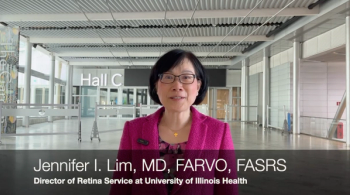
Jennifer Lim, MD, FARVO, FASRS, gives an update on the phase 2 DAVIO 2 trial comparing EYP-1901 with aflibercept at the annual ASRS meeting in Stockholm, Sweden.
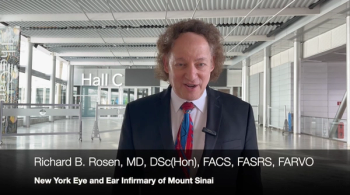
Richard B. Rosen, MD, from the New York Eye and Ear Infirmary of Mount Sinai discussed his presentation on sickle cell retinopathy and the measurement with dynamic OCT angiography and quad-fusion adaptive optics imaging at the annual ASRS meeting in Stockholm, Sweden.
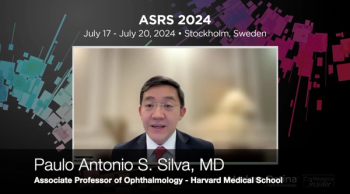
Paolo Antonio Silva, MD, discusses his presentation on diabetic retinopathy lesion types and distribution on ultra-widefield imaging and the risk for disease worsening over time at the American Society of Retina Specialists meeting held in Stockholm, Sweden.
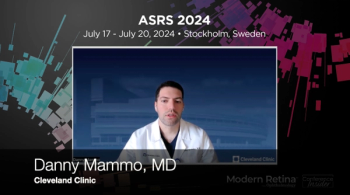
Danny A. Mammo, MD, sat down with Sydney Crago, Assistant Managing Editor of Modern Retina, to discuss his presentation on intraocular pressure outcomes following suprachoroidal triamcinolone acetonide in patients with glaucoma at the American Society of Retina Specialists meeting held in Stockholm, Sweden.

The 2-year Phase III data presented at the American Society of Retina Specialists 2024 in Stockholm, Sweden, show Susvimo’s potential as an alternative to eye injections to treat diabetic macular edema and diabetic retinopathy.

Data in early-stage patients was presented at 42nd American Society of Retina Specialists Annual Scientific Meeting, being held in Stockholm, Sweden.

The purpose of the study was to determine if experience affects the surgeons’ dexterity response to pharmacologic and behavioral interventions.